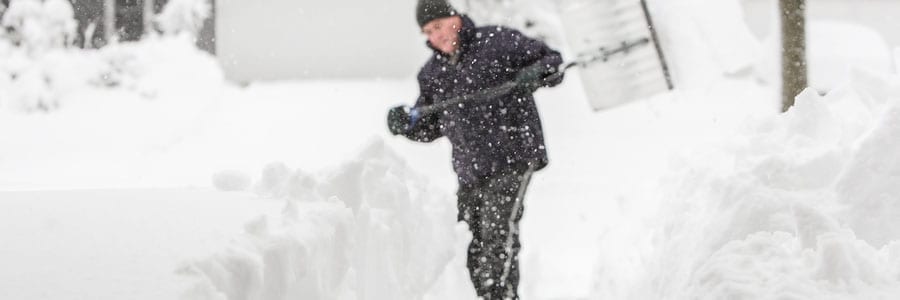Energy prices today are skyrocketing. Oil and electric costs have risen steadily. This trend is expected to continue for several years. The bitterly cold winter months force you to use your heater constantly.
You can take steps to lower your monthly utility bills. In this article, you will learn about the most effective way to reduce those bills: weatherproofing. There are three essential steps to weatherproofing your home: First, install weatherstripping. Second, apply to caulk. And finally, make certain that your furnace is energy-efficient.
Install weatherstripping on doors and windows
Your house loses the most heat during the winter through the cracks around your doors and windows. You can use weatherstripping to seal significant airways between windows and window frames and doors and door frames. Weatherstripping can be made from a variety of materials: wood, aluminum, vinyl, or bronze.
Install weatherstripping on all windows and exterior doors, including the entrance to the garage. Any doors to rooms in your house that are not commonly used and where the heating vent is often shut off should also be weatherproofed. Ask a salesperson at your local hardware store to determine which material should be used for each situation.
Weatherstripping cannot be applied to the bottom of the door threshold. People walking on the weatherstripping would cause damage to it. For this purpose, you must buy door sweeps. These are made of more durable materials than weatherstripping. Different doors have different sized air spaces beneath them. Before heading to the hardware store, be sure to measure these spaces.
Once you install the weatherstripping, your house will experience significantly less air leakage.
Apply Caulking
The other significant air leakage occurs through the cracks in your house’s foundation and gaps between siding and other building materials. Insulation does not eliminate this problem. To ensure that no cold outside air enters your home, you must apply caulking.
Many different types of caulking exist. Each has a specific purpose. It’s beyond the scope of this article to discuss the various types of caulking. Before visiting a hardware store, make a complete inspection of all places caulking should be used in your home. The salesperson will help you choose appropriate caulking for each application.
Basically, you will need a durable, UV, and weather-resistant caulking for the outside. Cheaper caulking can be used for the inside. Some caulking is paintable and some are not.
Survey your home and take note of all cracks or gaps that may let in outside air. Locate cracks in the foundation, both indoors and outdoors. Pay particular attention to holes between building materials (for example, areas where ceiling beams and pipes meet the wall). Also examine areas where siding meets doors, windows, or a chimney.
You will eliminate most of your air leakage problems by caulking your home. Cold air won’t be entering through cracks in your house’s foundation were gaps between building materials.
Ensure Your Heater Is Energy-Efficient
Now that the cold outside air no longer enters your home, you can take the most critical step of all. Older heaters do not convert energy into heat very well. They waste a lot of energy and can drive your heating bills through the roof. This is the single most influential factor affecting your heating costs.
Modern, energy-efficient heaters can save you 60% on your utility bills. Recent technology has improved efficiency in heating from 50% to a whopping 80% to 95%, depending on which model you buy.
While there are slightly cheaper alternatives, the value gained from an ultrahigh efficiency furnace far outweighs the cost. You will save enough in energy costs in one year to cover the cost of an annual service contract. Because newer high-quality furnace models will last from 20 to 25 years, this is like getting a 20-year service contract for free.
The best move you can take is to get a professional heater inspection and find out if a new, energy-efficient furnace is right for your home.
Have Your Carpets Cleaned
While you’re weatherproofing your home it’s a good time to consider getting your home carpets cleaned. During the year mites, dust and allergens can settle into your carpets and make for an unpleasant winter of sneezing and coughing. Take advantage in the fall and hire a carpet cleaning service to renew and refresh your home’s carpets.
Conclusion
Weatherproofing your home will drastically reduce your heating bills. By applying weatherstripping to your doors and windows, and caulking to other areas where air leaks, you keep out the cold air of winter. Your biggest possible savings will likely come from installing an efficient heater.
The professionals at Auchinachie Plumbing, Heating, and Air can give you an estimate of your potential yearly savings. They install 95% energy-efficient furnace installation, the finest available. Give Auchinachie Plumbing, Heating, and Air a call today and start enjoying a warmer, more energy-efficient house.

